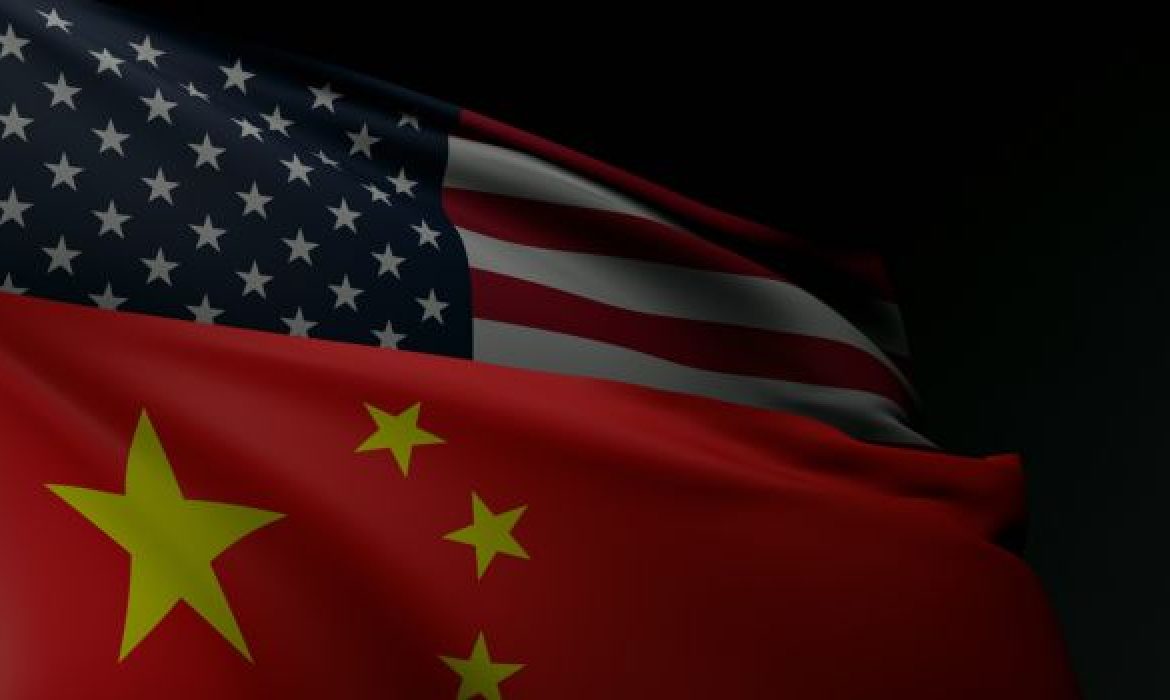
Date Issued – 30th October 2025
Courtesy of the Research Department at Balfour Capital Group
Key Points
- U.S.–China Trade Truce Lifts Market Sentiment: Trump and Xi reached a one-year agreement pausing rare earth export curbs and cutting U.S. fentanyl-related tariffs to 10%, signaling a thaw in relations that eased global trade tensions.
- Fed Cuts Rates but Cautions on Future Easing: The Federal Reserve lowered rates to 3.75%–4% and announced the end of quantitative tightening, but Chair Powell warned that another cut in December is “not a foregone conclusion,” tempering market optimism.
- Samsung Profit Surges on AI Chip Boom: Samsung’s Q3 operating profit more than doubled to 12.2 trillion won, driven by record memory chip sales for AI servers, as it reclaimed the global memory market lead from SK Hynix.
- Shell Extends Buybacks Amid Strong Results: Shell reported $5.4 billion in Q3 earnings, beating expectations and unveiling another $3.5 billion share buyback, sustaining investor confidence despite softer oil prices.
Trump, Xi Strike One-Year Trade Truce Focused on Rare Earths and Tariffs
The U.S. and China reached a limited one-year agreement on rare earth supplies and fentanyl-related tariffs following a closely watched meeting between Presidents Donald Trump and Xi Jinping in South Korea. Beijing agreed to delay its export controls on rare earth minerals by a year, while Washington halved tariffs on fentanyl-linked Chinese goods to 10%, reducing total duties on Chinese exports to 47%. In exchange, China pledged to curb fentanyl exports and resume U.S. agricultural purchases, including soybeans. Markets reacted positively, with China’s CSI Rare Earths Index rising over 2%, while soybean futures fell 1.6%. Analysts said the deal marks a tactical de-escalation rather than a structural shift, easing immediate tensions but leaving broader issues—like tech restrictions and industrial overcapacity—unresolved.Fed Delivers Second Rate Cut, But Powell Tempers Market Optimism
The Federal Reserve cut interest rates for a second consecutive meeting, lowering the benchmark federal funds rate by 25 basis points to a range of 3.75%–4%, while signaling caution about further easing. Chair Jerome Powell said another reduction in December is “not a foregone conclusion,” prompting traders to scale back expectations for continued rate cuts. The Fed also announced it will end quantitative tightening on December 1, marking a pause in its multi-year balance sheet reduction. Despite elevated inflation at 3% and moderating job growth, Powell emphasized growing concern about labor market softness. U.S. equities reversed early gains after his remarks, reflecting investor unease over a less dovish policy path.Samsung Earnings Surge as AI Chip Demand Fuels Profit Rebound
Samsung Electronics reported a sharp rebound in third-quarter earnings, with operating profit more than doubling to 12.2 trillion won ($8.6 billion) on booming demand for memory chips used in artificial intelligence servers. Revenue rose nearly 9% year-over-year to 86.1 trillion won, beating analyst expectations and signaling a strong recovery in the company’s semiconductor division. Memory chip sales hit a record 33.1 trillion won, propelling Samsung’s Device Solutions unit to a tenfold profit increase from the previous quarter. The company also regained the global memory market lead from SK Hynix after passing Nvidia’s qualification tests for advanced HBM chips. Samsung expects sustained AI-driven data center investments to keep fueling growth into 2026.Shell Beats Profit Estimates, Launches $3.5 Billion Share Buyback
Shell reported stronger-than-expected third-quarter earnings of $5.4 billion, surpassing analyst forecasts and supported by solid operational performance and trading strength. The energy major announced a new $3.5 billion share buyback program over the next three months—its 16th consecutive quarter of repurchases exceeding $3 billion. Although adjusted earnings fell nearly 10% year-on-year, Shell’s results highlighted improved cash flow discipline, with net debt reduced to $41.2 billion. Year-to-date, Shell’s shares have gained over 16%, outperforming peers as investors reward its consistent shareholder returns and resilient performance amid a softer crude price environment.Conclusion
Global markets ended the week on a cautiously optimistic note as easing U.S.–China trade tensions and strong corporate earnings offset lingering monetary uncertainty. The Federal Reserve’s rate cut, coupled with its pause on balance sheet reduction, underscored a measured approach to supporting growth amid elevated inflation risks. Meanwhile, corporate strength from Samsung and Shell reinforced investor confidence in both technology and energy sectors, highlighting divergent but resilient growth drivers. As trade diplomacy stabilizes and earnings momentum continues, investors remain focused on how monetary signals and geopolitical recalibration will shape risk sentiment heading into year-end.Investment Insights
- Trade Easing Boosts Risk Appetite: The U.S.–China tariff rollback reduces short-term volatility across commodities and equities, favoring cyclical sectors such as industrials and semiconductors.
- Monetary Policy Uncertainty Persists: The Fed’s cautious tone signals a potential pause in easing, suggesting investors should maintain balanced exposure between growth and defensive assets.
- AI Infrastructure Drives Tech Momentum: Samsung’s strong AI chip demand confirms continued capital inflows into semiconductor and cloud infrastructure plays, reinforcing the long-term tech investment theme.
- Energy Majors Reward Shareholders: Shell’s consistent buybacks amid moderating oil prices point to sustained cash flow resilience—supporting dividend-focused and income-oriented portfolios.
Economic Calendar
| Date | Event | Why It Matters |
|---|---|---|
| October 31, 2025 | Eurozone Flash HICP (Inflation) | Key read on price pressures shaping ECB policy path and euro-area rate expectations. |
| October 31, 2025 | China NBS Manufacturing & Services PMIs | First-look at China’s growth momentum and global demand pulse amid structural challenges. |
| October 31, 2025 | U.S. CPI (September, delayed release) | Inflation snapshot crucial for Fed policy outlook and risk-asset positioning, especially under data uncertainty. |
| October 30, 2025 | U.S.–China Bilateral Meeting (Trump–Xi, APEC) | Potential trade détente affects tariffs, supply chains, rare-earth access and global risk sentiment. |
| November 1, 2025 | Deadline for U.S. 100% Tariffs on Chinese Goods | A consummation or delay of tariff action will have significant implications for manufacturing, global trade and investor confidence. |
Disclaimer: This newsletter provides financial insights for informational purposes only. It does not constitute financial advice or recommendations for investment decisions.




